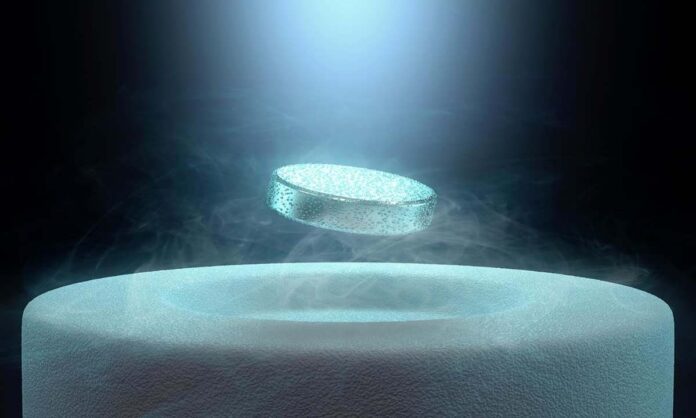South Korean scientists recently made an extraordinary announcement regarding the development of a room-temperature ambient-pressure superconductor, a groundbreaking achievement that could have profound global implications. Superconductors, with their ability to transmit electricity without resistance and exhibit magnetic properties essential for technological advancements, typically require extremely low temperatures to function effectively. However, a room-temperature superconductor capable of operating under regular conditions would revolutionize various industries.
Nevertheless, it is essential to acknowledge the need for cautious consideration due to past instances of unverified claims regarding room-temperature superconductivity. The researchers have uploaded their paper to arXiv, but its status regarding peer review in a journal remains unclear. Charming Science has sought clarification from the researchers to gain further insights into their research and the novel material, known as modified lead-apatite or LK-99.
A critical parameter in superconductivity is the critical temperature, representing the temperature at which the material becomes superconductive. For LK-99, the reported critical temperature is an impressive 127°C (261°F), suggesting its potential for widespread practical application on Earth. While this wouldn’t be the first room-temperature superconductor ever discovered, it stands out as the first not dependent on immense pressures to operate.
The research team has provided data on the critical current, electrical resistance, critical magnetic field, and the Meissner effect exhibited by the material. The Meissner effect, which enables a superconductor to expel magnetic fields during its transition, allows for levitation, providing further evidence of LK-99’s superconducting properties.
The researchers assert confidently in their paper that LK-99 represents the world’s first room-temperature and ambient-pressure superconductor, predicting numerous potential applications, including magnets, motors, cables, levitation trains, power cables, qubits for quantum computers, and THz Antennas. They view this development as a historic milestone that will usher in a new era for humanity.
The underlying reason for the lack of electrical resistance in superconductors lies in the unique behavior of electrons within the material. At the point of achieving superconductivity, electrons pair up and flow freely without energy loss, overcoming their natural repulsion. The researchers attribute this phenomenon in LK-99 to stress caused by copper atoms on the lead, a factor that the material’s structural uniqueness fails to relieve.
The scientific community has reacted to the team’s research with both excitement and skepticism, given previous instances of unfulfilled claims of room-temperature/ambient-pressure superconductors in recent years. In response, the researchers have encouraged others to replicate their efforts to validate their findings.
If these claims are substantiated, the Korean research team will have achieved one of the most significant breakthroughs in the history of physics, undoubtedly leading to revolutionary advancements in electronics and, potentially, Nobel recognition for the individuals involved.
References:
Sukbae Lee et al, The First Room-Temperature Ambient-Pressure Superconductor, arXiv (2023). DOI: 10.48550/arxiv.2307.12008
Sukbae Lee et al, Superconductor Pb10-xCux(PO4)6O showing levitation at room temperature and atmospheric pressure and mechanism, arXiv (2023). DOI: 10.48550/arxiv.2307.12037
